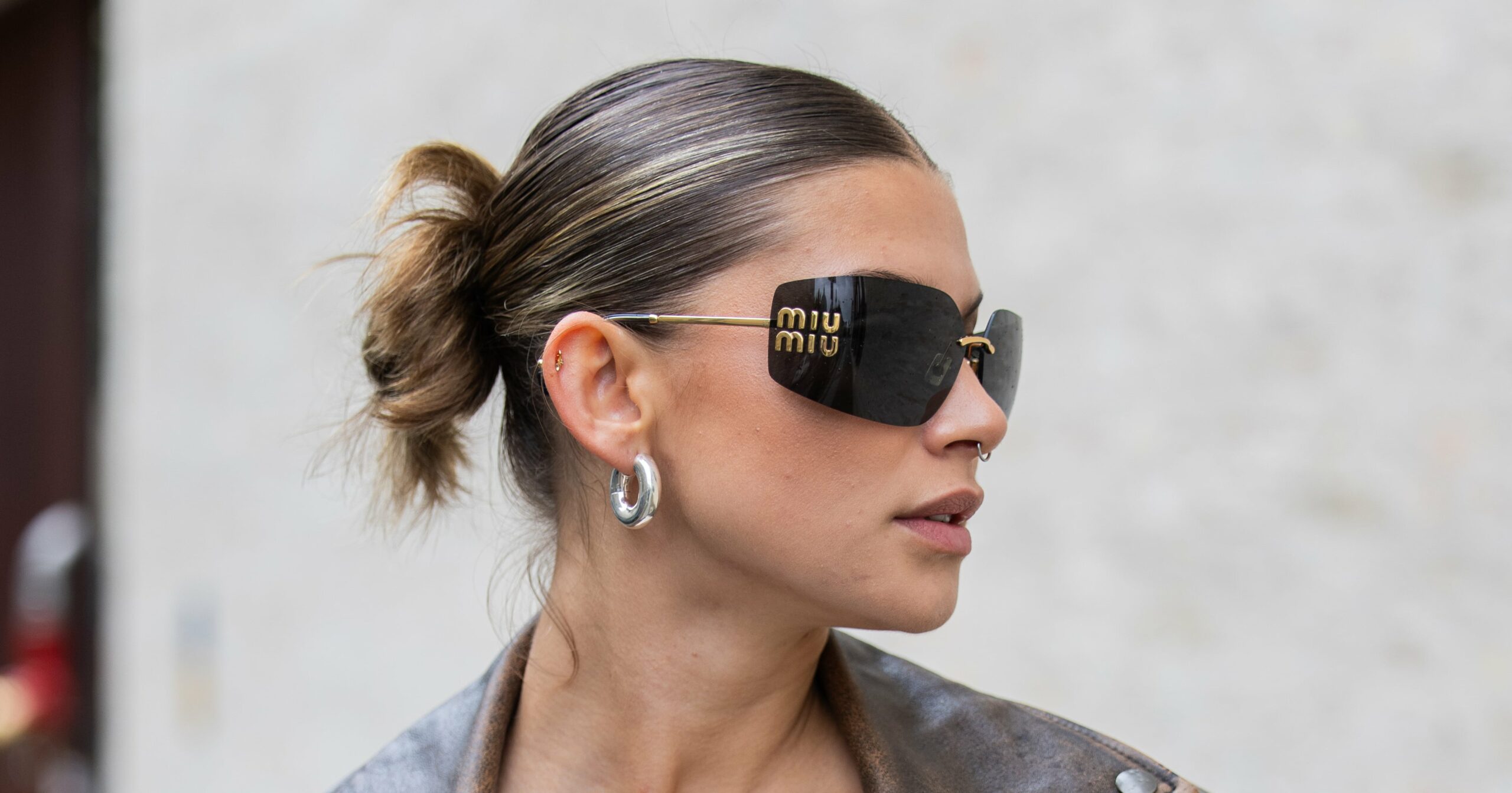MILAN — In challenging times, focusing on creativity at the right price is the strategy to pursue, and the value of a trade show is accentuated, according to the organizers of White Milano here.
“Fairs are more important than ever, as you can quickly see many collections and meet other buyers all at once,” contended Massimiliano Bizzi, founder and art director of White Milano. “The fair will always be business-to-business only, but after its doors close in the evening, the Tortona area [where the trade show takes place] must grow as an event destination for the Milanese, opening up to the city.”
He said he also hoped that an increased presence of textile companies will lead to the organization of events that will emphasize the awareness of the quality and uniqueness of the Italian supply chain.
Despite pouring rain, the four-day event, which closed on Feb. 25 and showcased fall collections, reported a total of 18,096 visitors, with a 10 percent increase in foreign buyers. In September, attendees amounted to 16,314.
Simona Severini, head of fashion research, promotion and development at White Milano, painted a dark picture of the current global and social economic environment. “The situation is disastrous. Europe is our core business; if boutiques in Italy are struggling, it’s even worse in Germany and Austria. However, there’s also a serious crisis in France and the Netherlands. Scandinavia is holding up because it always preferred brands with distinctive designs,” said Severini. “Meanwhile, the United States are increasingly buying domestic products. As for the Middle East, because of the tragic conflict between Israel and Palestine, their fashion events were canceled in a show of solidarity. Plus their cold season lasts so briefly that it doesn’t justify winter orders.”
According to Severini, the pandemic has leveled the playing field for everyone. “Stores that reached a 35 to 40 percent sellout are lucky. That’s scary since reaching break-even requires at least a 50 to 60 percent sellout,” she added.
Likely to boost business and visibility, White Milano exhibitors deliberately ignored the quiet luxury trend and instead sought out highly distinctive collections. The stands were filled with creativity, vibrant prints, striking materials often in surprising pairings, and strong brand identities at reasonable prices.
“The small and medium-sized brands joining White Milano know that this is their moment because many stores are reconsidering the budgets requested by major brands, even at the risk of not buying them anymore,” contended Severini. “They seek collections carrying a distinctive message rather than branding strategies.”
Case in point, Yangkehan, the Chinese brand founded three years ago by designer Kehan Yang, who trained in Birmingham, England, was an example of a creative brand at the right price. Passionate about her country’s history, Yang wants to telegraph it through what surrounds us daily, including clothes. “My collections are mainly based on silks, wools, cashmere and traditional fabrics such as gambiered Canton gauze, almost always handmade and printed with reinterpretations of ancient stories, objects or paintings, as in the case of the collection inspired by the great Dunhuang frescoes in the city of Gansu,” she said.

Also from China comes Miao Ran, the fashion designer based in Milan who founded Miaoran in 2015. “I’m obsessed with the research of fabrics and crafts, like crochet,” he explained, “my strength lies in my ability to contain prices while offering high-quality products.”
Another brand with a strong connection between modernity and tradition is IA London, founded by the Russian Ira Iceberg, who has long been settled in the U.K. For fall, black oversized jackets and dresses are adorned with highly detailed reproductions of Victorian lingerie items, gloves and jewelry found at the Victoria & Albert Museum, which she meticulously placed on her garments.

Prototype: AM is a Berlin-based brand focused on experimental outerwear, where down jackets are transformed into avant-garde silhouettes made-to-measure to avoid any kind of overproduction. Yume Yume also stood out for the extreme design of futuristic shoes, with exaggerated shapes enriched by distinctive elements such as the red heart-shaped heel.
Samantha Virginio is an Italian creative based in Miami, where she developed an idea of contemporary craftsmanship entirely made in Italy. “For knitwear, deadstock yarns are selected to ensure no further waste is produced,” she said. One of the key elements of her collection is the Petal technique, a demi-couture process that constructs a garment with many three-dimensional petals.

Vusciché, the circular fashion brand founded in 2020 by Diana Eugeni Le Quesne in the Abruzzo region, reuses traditional fabrics, such as ancient blankets and unused bedspreads. Cinzia Macchi, the founder of La Milanesa, also focused on recycled materials for her bags with a strong solidarity spirit, as part of the proceeds go to support women in need. Also, for this season, each La Milanesa model is named after a woman victim of gender-related killings in 2023. Women were also the focus of the capsule collection of maxi scarves by Faliero Sarti that pays tribute to Frida Kahlo, Marilyn Monroe, Vivien Leigh and Amelia Earhart.
Also worth mentioning were Sittingsuits from Denmark, the colorful, windproof and water-repellent padded designs that enhance outdoor experiences; the vibrant hues of Cettina Bucca, inspired by the vibe of huge street murals, and the artworks transformed into silk scarves by J’Essentia, the brand crafted by Francesca Jennifer Puzzo.



